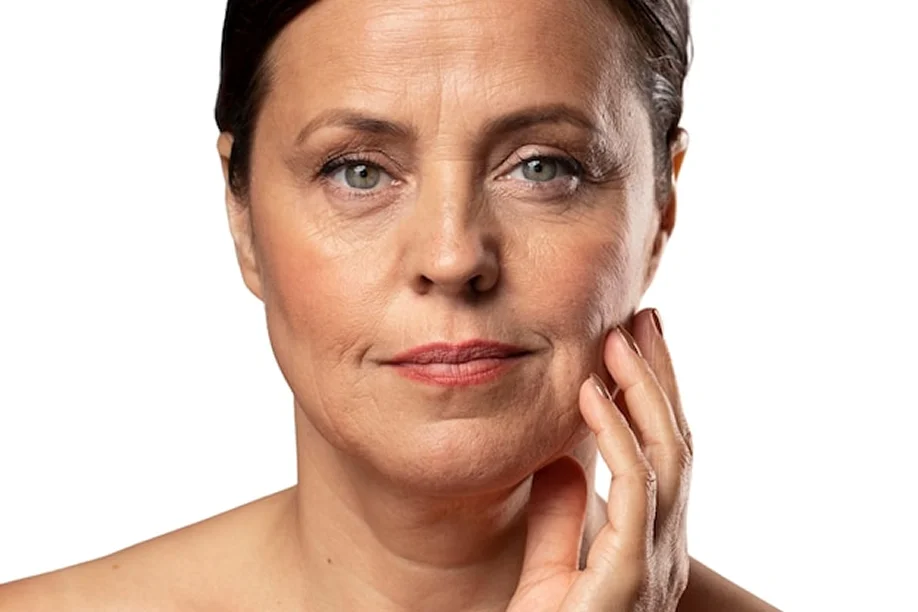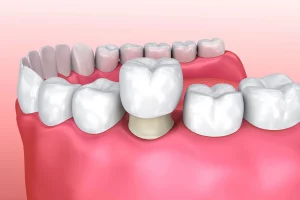Most people notice it gradually. The skin does not spring back the way it used to. You pull it gently and it hesitates for a moment, almost offended that you expected more. That loss of firmness, or skin laxity, has nothing to do with bad luck. It is the result of slow structural decline inside the dermis.
Aging is unavoidable, but sagging is negotiable. You can slow it, blunt it, and in many cases reverse part of it. The key is a layered approach that starts with daily habits, moves through topical ingredients, and, when needed, uses clinical treatments that stimulate real structural change.
Causes of Skin Laxity
Sagging begins when the extracellular matrix, the skin’s internal scaffolding, weakens. Collagen gives that scaffold strength. Elastin lets it recoil. When both break down, the skin acts like stretched fabric that can no longer return to its original shape.
Collagen Declines for Two Reasons
The body makes less collagen with age, and the collagen that remains is cut apart by enzymes called matrix metalloproteinases. Sun exposure speeds the process by activating these enzymes. Meanwhile, hyaluronic acid drops steadily, which means less hydration and less plumpness. Dry, thin skin folds more easily, and it doesn’t recover well.
Hormones and Stress Accelerate the Slide
Aging is not just mechanical decline. Hormones shift too. Estrogen protects elasticity, so the sharp drop during menopause hits the skin hard. Cortisol, the stress hormone, is not much kinder. Chronic stress breaks down collagen and elastin faster.
Emerging work on cellular senescence adds another layer. Senescent cells stop dividing but refuse to die. They accumulate and send inflammatory signals that age surrounding tissue. It is an area of intense research and likely the future of true rejuvenation.
The Foundational Pillars of Skin Longevity
People tend to skip the unglamorous steps, then wonder why their expensive treatments do not last. The simplest habits make the biggest dent in skin laxity.
Sunscreen, Sleep and Lower Stress
UV light is the single largest driver of premature sagging. A daily broad-spectrum sunscreen is non-negotiable. Missing it once in a while is forgivable, but skipping it regularly is like paying for treatments with one hand and undoing them with the other.
Sleep is equally important. At night, the skin directs more blood flow toward repair. Chronic sleep loss dulls collagen production and worsens inflammation.
Lowering stress lowers cortisol. You do not need a spiritual retreat on a mountain. A normal walk or 10 minutes of quiet every day works.
Nutrition and Supplements
Collagen needs amino acids, vitamin C and zinc. A balanced protein intake covers most of it. Collagen supplements help some people. Doses of two and a half to fifteen grams of hydrolyzed collagen have shown mild improvements in elasticity and hydration. The evidence is still evolving, so treat supplements as optional support, not a miracle.
Topicals That Do the Heavy Lifting
Topical skincare cannot replace structural procedures, but it builds a healthier matrix and prepares the skin to respond better.
Retinoids
Retinol and its prescription cousins remain the most studied topical ingredients for collagen synthesis. They speed up cell turnover and increase type I collagen. The catch is irritation. Redness, flaking and sensitivity are common. If you spend a lot of time outdoors or have sensitive skin, retinoids can be hard to use consistently.
Peptides
Peptides send signals to fibroblasts to produce more collagen. They work more gently than retinol and are easier to tolerate. Palmitoyl pentapeptide in particular shows solid results in improving elasticity.
A simple method works well. Use retinol two to four nights a week for resurfacing and a peptide cream on alternate nights or mornings for gentle stimulation. This avoids burnout and gives the skin consistent signals without inflaming it.
Clinical Options That Treats Skin Laxity
For mild to moderate laxity, energy-based treatments are the backbone of non-surgical tightening.
HIFU
High-intensity focused ultrasound delivers heat into precise layers, including the SMAS, which is the layer surgeons lift during a facelift. That depth makes HIFU useful for lifting the jawline, neck and brows. Results appear gradually over several months.
Radiofrequency
Radiofrequency heats the dermis, causing immediate tightening and long-term collagen remodelling. Traditional RF works well for general firmness. RF microneedling adds controlled injury channels for deeper collagen stimulation. It helps with wrinkles, texture and more noticeable laxity.
Fillers and Threads
Dermal fillers replace lost volume, which is often mistaken for sagging. When the face loses fat, everything drops. Restoring volume lifts more than people expect.
Thread lifts place dissolvable threads under the skin that lift and stimulate collagen. The lift is modest but useful when combined with other treatments.
The strongest results often come from combining techniques that target different layers. One modality lifts, another tightens and another restores volume.
How to Make Results Last
New collagen behaves like a new investment account. If you keep adding to it, it grows. If you expose it to constant stress, UV or smoking, it deteriorates faster.
Maintenance matters. Quarterly RF sessions or yearly HIFU treatments keep the structure strong. Pre-treating photoaged skin with retinoids or peptides improves treatment response by preparing the matrix.
The Future: Going After the Root Cause
Research is moving toward fixing the deeper biology that drives aging. Peptides that reduce senescent cells, improve autophagy and enhance delivery into the dermis will shape the next generation of products. Better delivery systems, including liposomal carriers and microneedles, will help ingredients reach the layers where they’re useful.
Takeaway
Skin laxity is manageable when you address it from the foundation outward: habits first, targeted topicals next, and clinical treatments when structure needs real reinforcement.
For personalized assessment and clinically backed tightening treatments, contact Oris Dental Center in Dubai for expert skin laxity procedures and professional beauty therapist consultation.





